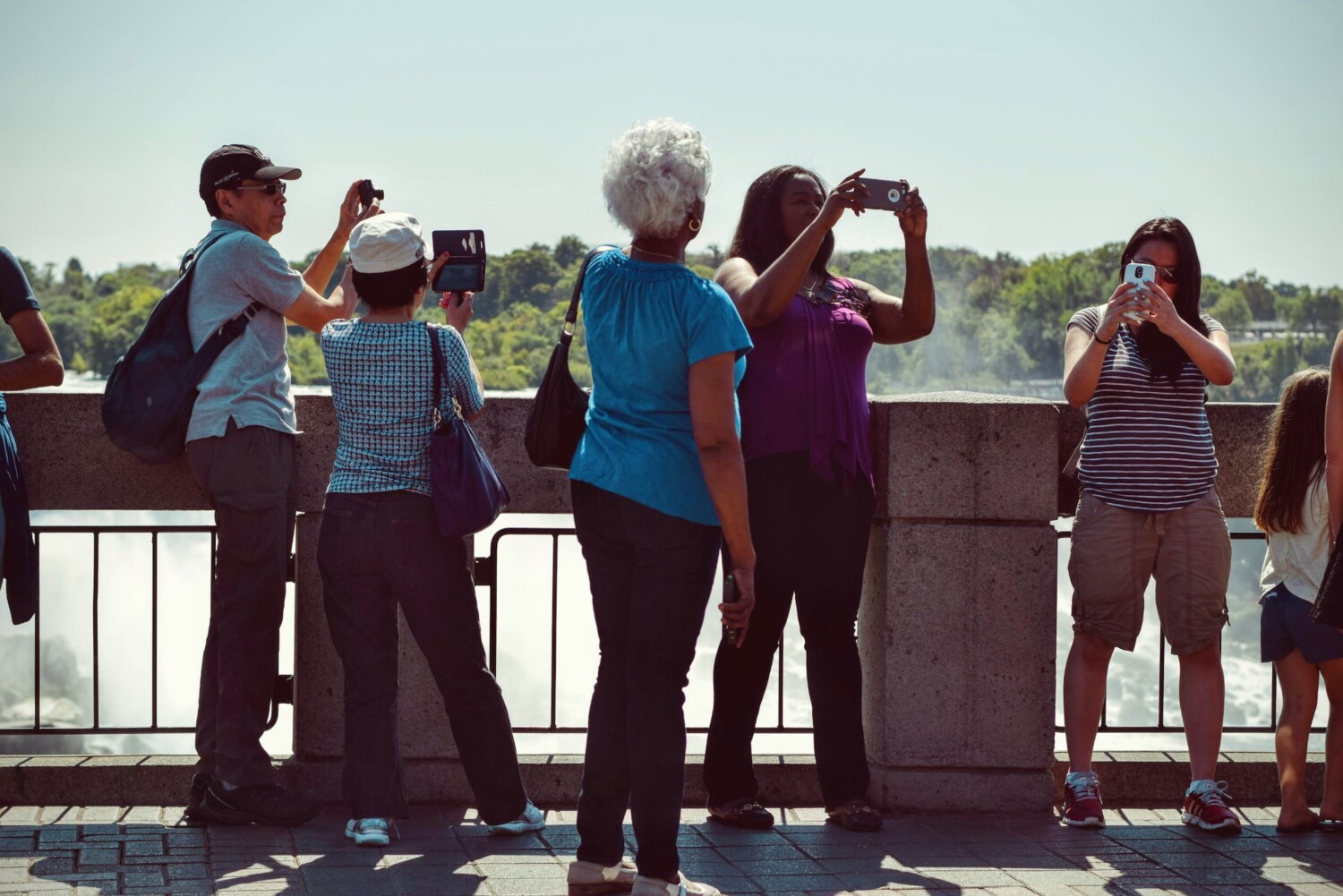Foreign nationals who are not exempt from the Visa Waiver Programme must get a tourist visa (B1 or B2) in order to visit the United States for short periods of time, whether for business or pleasure. Tourism, vacation, visiting family and friends, medical care, business meeting, attending a business workshop, or personal leisure The urge for acceptance is ubiquitous, whether you’re applying for a job, looking for a loan, or submitting an application. While results are never guaranteed, there are steps you may do to improve your chances of success.
Before applying, most applicants want to know their odds of acceptance. With this in mind, we’ve compiled a list of documents that you might declare as proof of ties to help convince the consular official that you’ll be returning to your home country after your short visit.
Start Early: Applying for a U.S. tourist visa isn’t something you want to leave until the last minute. The process can take time, and appointments at U.S. embassies or consulates might be limited, so it’s best to start well in advance of your intended travel date.
Understand the Visa Types: The U.S. offers various types of tourist visas, such as B-1 for business travelers and B-2 for tourists. Make sure you’re applying for the correct type of visa that matches the purpose of your visit.
Gather Complete Documentation: Your application’s success relies heavily on the documents you provide. Commonly required documents include a valid passport, a visa application form (DS-160), proof of ties to your home country (to demonstrate your intent to return after your visit), a travel itinerary, financial evidence, and a passport-sized photo that adheres to the specified guidelines.
Be Honest and Accurate: When filling out your DS-160 form, provide accurate and truthful information. Any discrepancies or false information can lead to visa denial or even future travel restrictions.
Highlight Your Intentions: Clearly communicate the purpose of your trip and your intentions to return to your home country. A letter explaining your trip’s purpose and your ties to your home country can help showcase your genuine intentions.
Financial Proof: Provide evidence of your financial stability to demonstrate your ability to cover your travel expenses while in the U.S. This could include bank statements, pay stubs, or any other relevant financial documentation.
Strong Ties to Home Country: One of the key factors in the visa decision is your intent to return to your home country after your visit. Showcasing ties such as family, employment, property ownership, or educational commitments can strengthen your case.
Prepare for the Interview: If your application moves forward, you’ll likely have to attend an interview at the U.S. embassy or consulate. Be prepared to confidently answer questions about your travel plans, intent, and ties to your home country. Dress appropriately and arrive on time.
Practice Consistency: Ensure that the information you provide in your application, documents, and interview aligns. Consistency and honesty are valued during the application process.
Follow Up and Stay Informed: After your interview, you’ll receive information about your visa status. If approved, make sure to carefully read the instructions on your visa and understand the conditions of your stay in the U.S.
Conclusion: Obtaining a U.S. tourist visa might seem daunting, but by following these quick tips, you can navigate the process with greater confidence and increase your chances of success. Remember, meticulous preparation, honesty, and a clear demonstration of your intentions can significantly contribute to a smooth visa application process. With the right approach, you’ll be well on your way to enjoying your dream trip to the United States.
